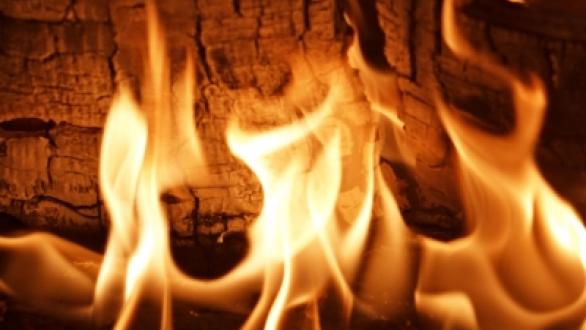The risk of wildfires isn’t deterring some home buyers from purchasing in an area, even if the area has been struck by blazes in recent years. Real estate prices in wildfire-prone areas are in line with homes in low-risk areas, even immediately after fires, according to a new study.
Americans may watch media coverage of out-of-control blazes, mass evacuations, and even deaths from recent wildfires out west, but that isn’t deterring them from making these areas their home, notes Shawn McCoy, a research economist from the University of Nevada, Las Vegas.
Residential growth in forested areas across the U.S. has significantly risen in recent years, increasing from an estimated 30.8 million housing units in 1990 to 43.4 million by 2010. More people living in such areas puts a greater risk for large-scale natural disasters, researchers note.
Any impact to an area’s housing sales following a wildfire tends to rebound in one to two years after the blazes, researchers note. McCoy expects the same will occur in the recent California wildfires.
“Despite an initial drop in real estate prices in risk-prone areas, the results of our study suggest that homebuyers’ initial fears about fire risk will fade, and development in risk areas may continue to increase,” McCoy says. “This is a problem: A lot of recent work shows that wildfires are not just a result of changes in global climates, but also rapid housing development into forested lands.”
For the study, McCoy and co-author Randy P. Walsh of the University of Pittsburgh examined real estate transaction data from nearly 360,000 properties across eight Colorado counties, which had been affected by 18 severe wildfires between 2000 and 2012. The study has been accepted for publication in the Journal of Environmental Economics and Management.
Source:
“Wildfire Risk Doesn’t Douse Housing Demand,” University of Nevada, Las Vegas (Aug. 27, 2018)













